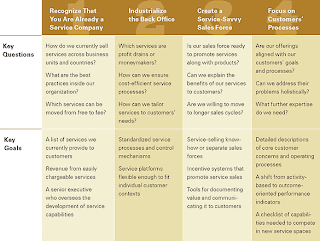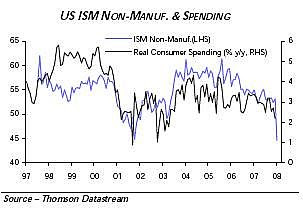Here’s a quote from a recent blog entry by Jeffrey Pfeffer, a professor of organizational behavior at Stanford’s Graduate School of Business and is the author or co-author of 12 books including “What Were They Thinking? Unconventional Wisdom About Management.”
Not all cuts are the same. Management, which is invisible to the customer, seldom cuts itself, because no one thinks they’re redundant. … The companies that will do the best are those that recognize their own particular “moments of truth” — the small but crucial experiences that matter most to their clientele — and figure out ways to reduce costs that don’t adversely affect these small but psychologically important customer interactions.
From the BNET Report…click here for full post!


